DeepSeek isn’t trying to beat ChatGPT — it’s building a different future
DeepSeek stands at the centre of a strategic experiment: can Chinese AI leapfrog constraints by innovating in software while building a parallel chip ecosystem at home? Technology industry professional Akhmad Hanan ponders the question.
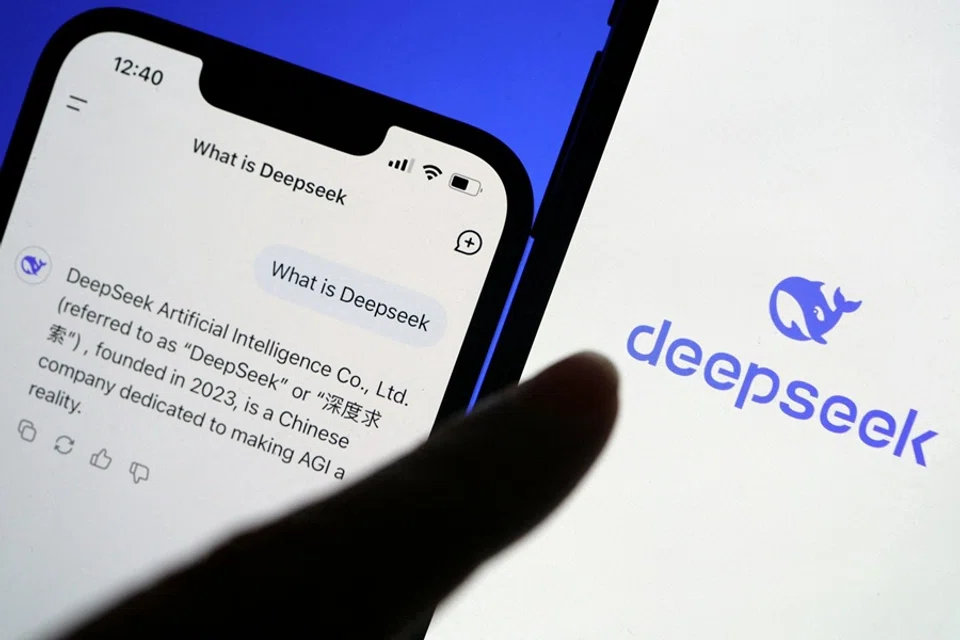
The global race for artificial intelligence (AI) is no longer only about who can build the most powerful models. Increasingly, it is also about who controls the chips, supply chains and ecosystems that enable those models to run. In this landscape, China’s AI startup DeepSeek has emerged as a disruptive player.
By announcing updates to its large language model V3.1, featuring an advanced FP8 precision format tailored for forthcoming domestically built chips, DeepSeek is signalling that Beijing’s ambition to achieve technological sovereignty in AI is not just rhetoric but a tangible strategy.
... Beijing may be deliberately curbing reliance on US technology, creating space for local champions like Huawei and, increasingly, DeepSeek.
Growing local champions and ecosystem
Earlier this year, DeepSeek surprised the tech community when it unveiled its R1 reasoning model which demonstrated performance approaching that of Western leaders such as OpenAI’s GPT series. This was remarkable given that US export controls have denied Chinese firms access to Nvidia’s most advanced training chips. In December 2024, DeepSeek’s V3 was trained on around 2,000 mid-tier Nvidia GPUs, proving that efficiency and architectural innovation could partially offset hardware disadvantages.
Now with V3.1, the company is moving further. Its introduction of the “UE8M0 FP8” precision format reflects an optimisation designed specifically for China’s anticipated homegrown AI chips. By adopting FP8, a data format that accelerates training and inference of large models, DeepSeek is not just chasing performance; it is aligning with Beijing’s broader push for semiconductor self-reliance. This places DeepSeek at the centre of a strategic experiment: can Chinese AI leapfrog constraints by innovating in software while building a parallel chip ecosystem at home?
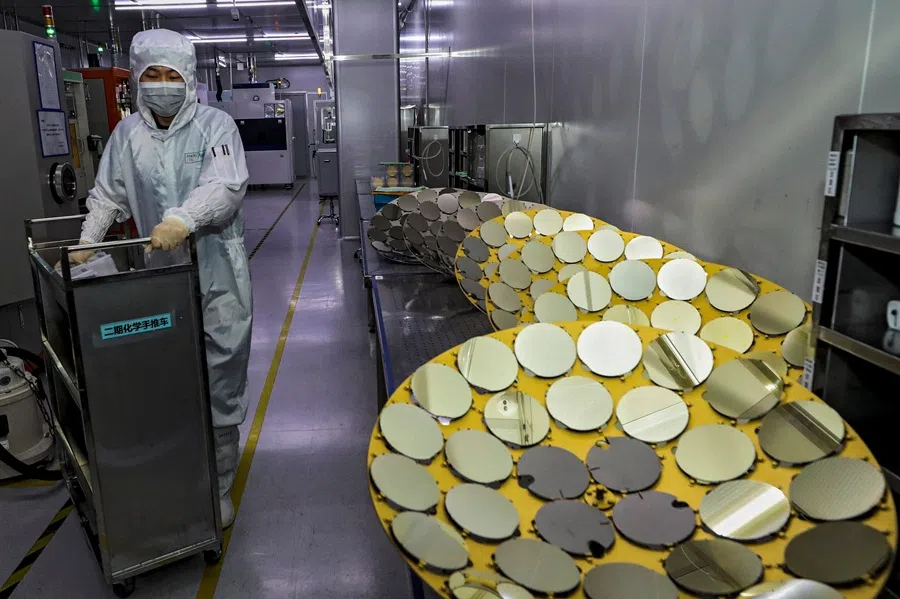
The timing is politically charged. In April, Washington tightened its export restrictions, effectively banning Nvidia’s H20 chips, which had been tailored to meet earlier restrictions for the Chinese market. In August, Nvidia (and AMD) agreed to give the US government 15% of chip sales to China, and Trump is reportedly thinking of letting Nvidia sell a downgraded version of its advanced Blackwell chip to China.
However, Chinese regulators have reportedly ordered domestic firms not to purchase H20s until a national security review is completed. This unusual pushback suggests that Beijing may be deliberately curbing reliance on US technology, creating space for local champions like Huawei and, increasingly, DeepSeek.
This sets up a paradox. On one hand, China’s AI firms are technologically behind Nvidia-based Western labs. On the other hand, the export bans are inadvertently encouraging China’s AI decoupling: new chip alliances, government-backed R&D and startups like DeepSeek embedding compatibility with non-US hardware. If successful, this could erode Nvidia’s dominance and accelerate the diversification of the global AI supply chain.
ChatGPT is increasingly woven into Office, Azure, and enterprise workflows. It represents an AI deeply tied to the global cloud economy.
DeepSeek: different goals, different game
In comparing DeepSeek with Western products, the contrasts are striking. OpenAI’s ChatGPT-5, expected to define the next stage of the generative AI boom, builds on a massive ecosystem of developer tools, plugins, and corporate partnerships. Backed by Microsoft, OpenAI’s advantage lies not only in model quality but also in integration: ChatGPT is increasingly woven into Office, Azure, and enterprise workflows. It represents an AI deeply tied to the global cloud economy.
Elon Musk’s Grok, developed by xAI and integrated with X (formerly Twitter), represents another vision. Grok markets itself as irreverent, real-time, and tightly connected to user-generated data streams. Its strength is less about reasoning depth and more about agility, serving content that is “alive” with the internet’s constant chatter. It exemplifies Silicon Valley’s tradition of user-focused innovation, leveraging open platforms to differentiate from more formalised systems like ChatGPT.
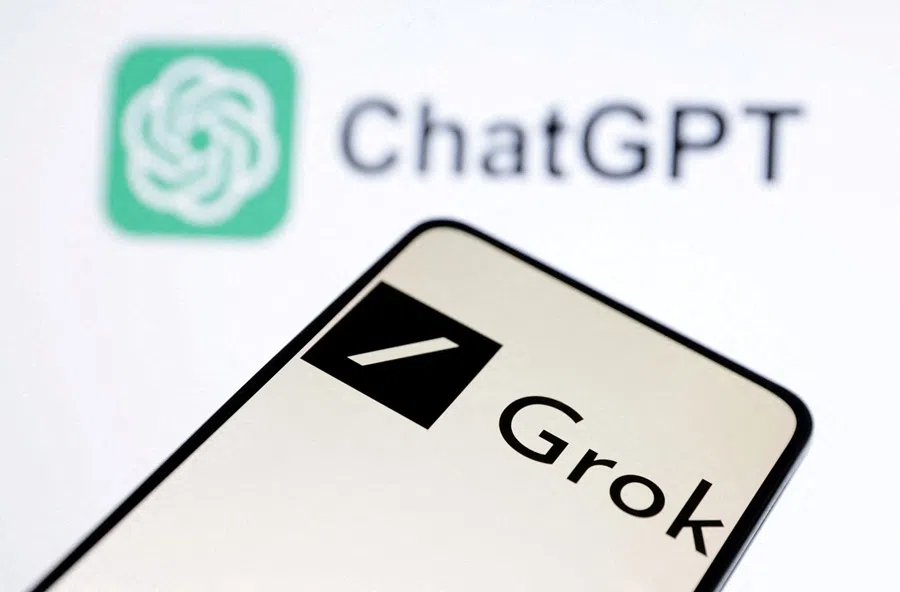
DeepSeek occupies a very different niche. It does not yet rival GPT-5 in versatility or Grok in cultural integration. Instead, it is carving a role as a resilient, hardware-adaptive AI designed to function under geopolitical constraints.
Its FP8 precision and hybrid reasoning architecture show a model engineered not only for performance but also for survival in a fragmented technological order. This adaptability could become DeepSeek’s defining advantage if the AI world splits into parallel ecosystems.
Beijing’s goal is not global dominance but technological sovereignty, an ecosystem that runs without American hardware, software or standards.
In that case, it is less about competing head-to-head with GPT-5 or Grok and more about ensuring China has a self-sufficient AI stack. Beijing’s goal is not global dominance but technological sovereignty, an ecosystem that runs without American hardware, software or standards. Such a system could serve China’s domestic market and regional partners even if it remains peripheral to the Western-led AI order. The result would be two powerful but largely separate spheres of generative AI.
AI’s crossroads: how emerging economies pick their digital future
The competition is not just technological, it is geopolitical. US export restrictions are intended to slow China’s ability to build advanced AI that could be applied in military contexts. But they also signal to the world that access to AI is being weaponised.
For emerging economies, this raises difficult questions: should they depend on American-led platforms like ChatGPT and Grok or consider Chinese alternatives like DeepSeek that may come with fewer geopolitical strings but greater dependence on Beijing’s standards?
For Beijing, DeepSeek’s progress dovetails with the national strategy. China’s leadership has explicitly framed AI as a key pillar of economic modernisation and strategic power. By showcasing that Chinese firms can innovate even without Nvidia’s top-tier chips, DeepSeek strengthens the narrative that self-reliance is both possible and necessary. For Washington, this suggests that sanctions are not a firewall but a spur for technological bifurcation.
ChatGPT remains the gold standard in reasoning, knowledge depth, and global reach. Grok offers cultural agility and a bold alternative interface. DeepSeek, for now, is an insurgent: powerful enough to matter, but not yet central to the global AI order.
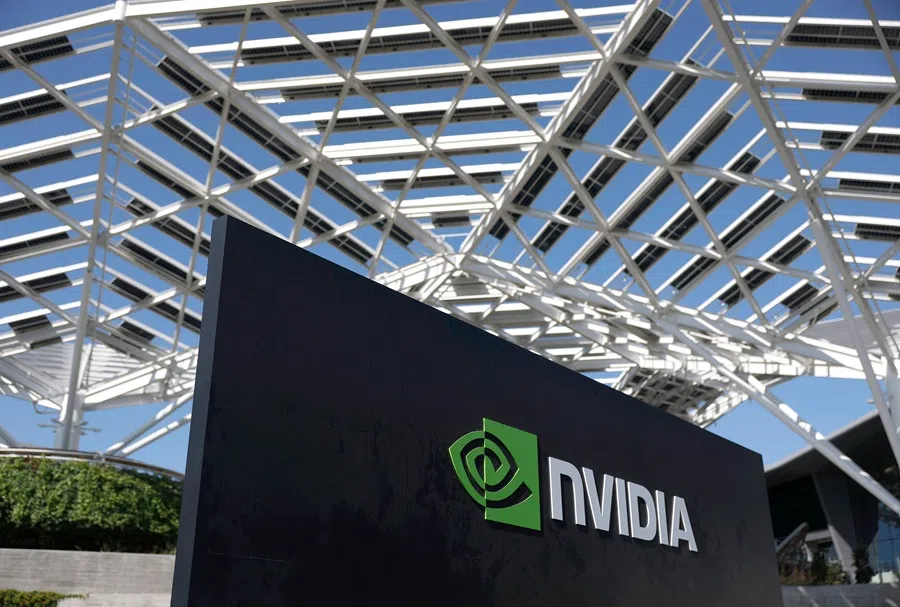
The contrast also extends to monetisation. OpenAI and Anthropic (backed by Amazon and Google) are building extensive developer ecosystems, with APIs priced to attract enterprise customers worldwide. Musk’s Grok leverages a subscription model through X Premium, embedding AI into the social media experience.
DeepSeek, in turn, announced pricing adjustments for its API starting 6 September, signalling an intent to build its own ecosystem of apps and web integrations. But unlike its US counterparts, DeepSeek’s growth will likely be shaped less by consumer adoption and more by state support and regional integration across Asia.
DeepSeek’s strengths are clear: adaptability to domestic hardware, rapid innovation under constraint, and alignment with state priorities. Its weaknesses are equally stark: a limited global user base, lack of integration with mainstream enterprise tools, and uncertain scalability compared with Western giants.
ChatGPT remains the gold standard in reasoning, knowledge depth, and global reach. Grok offers cultural agility and a bold alternative interface. DeepSeek, for now, is an insurgent: powerful enough to matter, but not yet central to the global AI order.
But relying on DeepSeek also means accepting China’s content boundaries, where politically or socially sensitive topics may be filtered out.
Parallel digital worlds
Looking ahead, the most important question is not whether DeepSeek can surpass ChatGPT or Grok in model quality. It is whether AI will evolve into two parallel systems, each with its own chips, formats, and data flows.
If so, DeepSeek’s FP8 adaptation could prove prescient, laying the groundwork for an AI ecosystem less dependent on US technology. This would accelerate a broader digital decoupling, forcing governments, corporations, and developers worldwide to navigate between Western and Chinese AI spheres.
But relying on DeepSeek also means accepting China’s content boundaries, where politically or socially sensitive topics may be filtered out. This could limit how freely academics, journalists or innovators can use the system, making the trade-off as much about values as about technology.
For Indonesia and its Southeast Asian neighbours, DeepSeek’s rise underscores a difficult but urgent choice: whether to rely on Western AI platforms deeply embedded in global cloud infrastructures or to embrace Chinese alternatives that offer affordability and accessibility but risk strategic dependence. More than a technical achievement, DeepSeek illustrates how geopolitics, industrial policy and innovation under constraint can reshape global technology.
While ChatGPT-5 and Grok capture headlines with scale and cultural reach, DeepSeek’s adaptive strategy in the face of restrictions may ultimately prove the more disruptive force, not because it will dominate globally, but because the coexistence of several incompatible systems could fragment standards, data flows, and markets, much as Amazon and Taobao reflect parallel digital worlds.




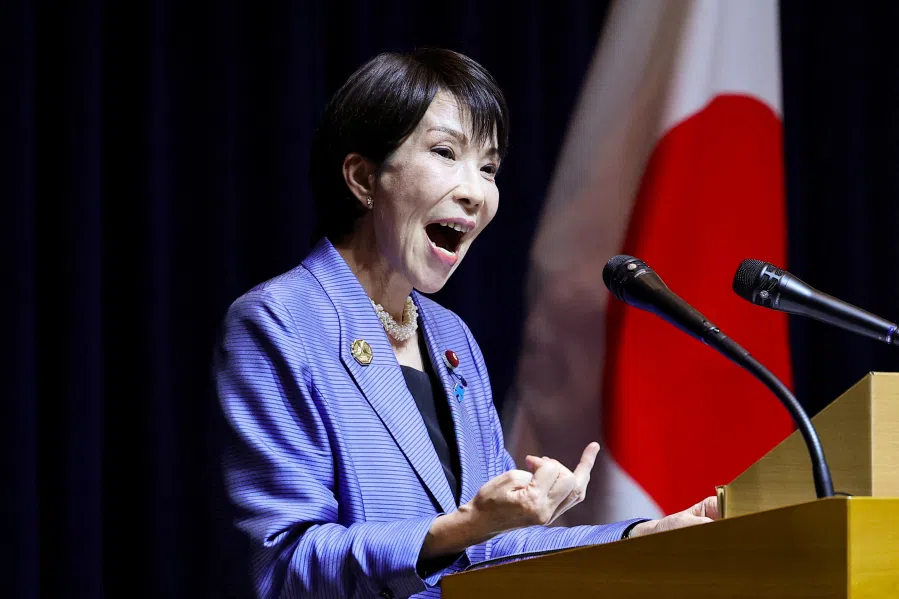
![[Big read] China’s 10 trillion RMB debt clean-up falls short](https://cassette.sphdigital.com.sg/image/thinkchina/d08cfc72b13782693c25f2fcbf886fa7673723efca260881e7086211b082e66c)